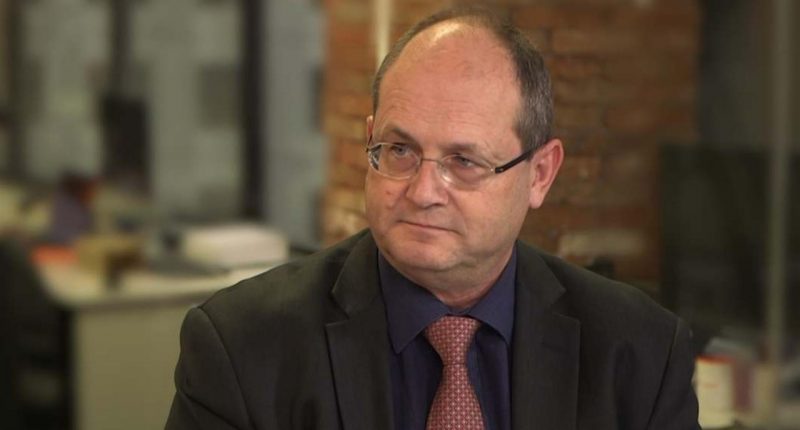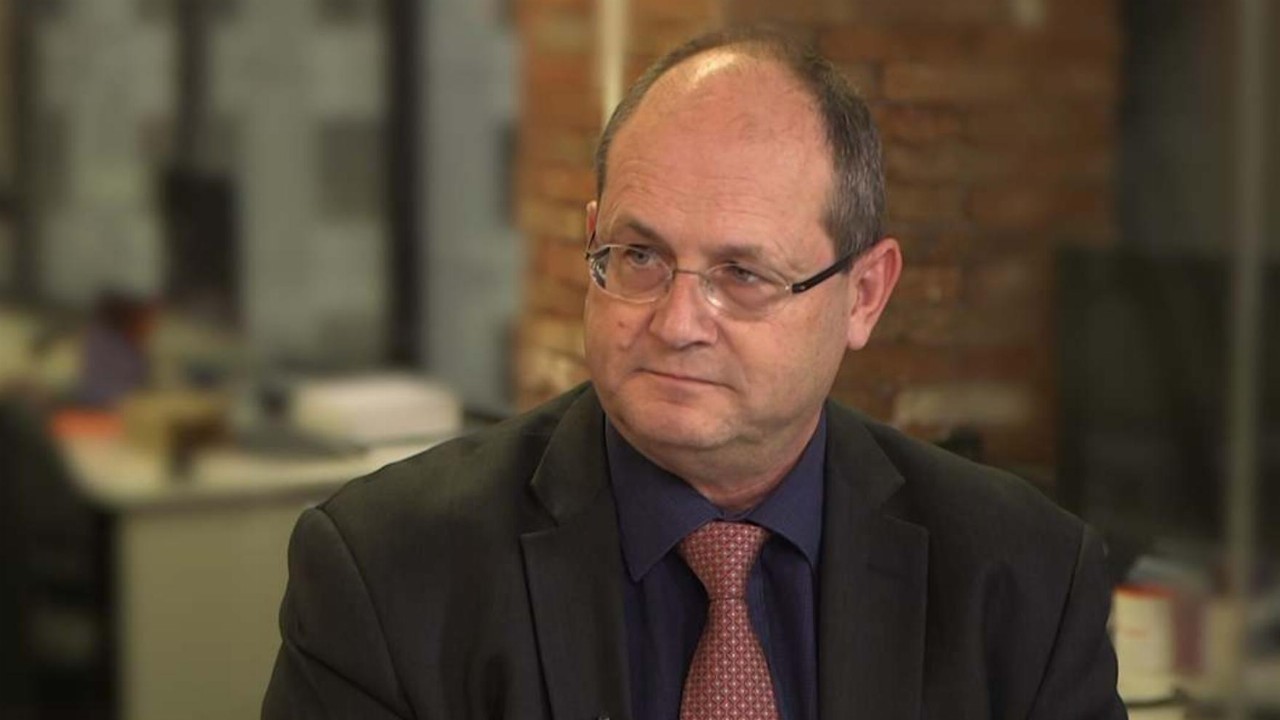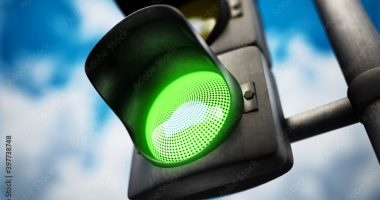- EcoGraf (EGR) has confirmed its namesake feedstocks, including material from its Epanko Graphite Project, have consistently outperformed against existing material used in the lithium-ion battery market
- The company has been conducting an electrochemical analysis program for its proposed EcoGraf battery graphite facility in Kwinana, WA
- Results confirmed the importance of battery graphite crystallinity, which improves the power output, battery life and charging capability of the battery
- The positive results uniquely position EcoGraf’s products as a superior and cost-competitive alternative for the battery industry
- Company shares are trading a slight 1.43 per cent higher for 7.1 cents
EcoGraf (EGR) has confirmed its namesake feedstocks, including material from its Epanko Graphite Project, have consistently outperformed against existing material.
The battery graphite company has been conducting an electrochemical analysis program for its proposed EcoGraf battery graphite facility in Kwinana, Western Australia.
The test work aimed to determine the electrochemical performance of each feed material and understand what would help increase the intelligence and performance of each product.
The program was carried out at an independent German research institute that works with major lithium-ion battery and electric vehicle manufacturers.
Pleasingly, the test work also confirmed the physical properties, mineralogy and degree of crystallinity of each natural graphite source directly affect battery anode performance within the lithium-ion battery.
Crystallinity is considered a key property in a lithium-ion battery as the level of crystallinity affects electrochemical performance factors such as power output, battery life and charging capability.
The testing measured the specific capacity, being milliampere hours per gram (mAh/g), of each graphite product to assess its performance. This is a measure of the discharge current overtime that is then divided by the weight of the graphite.
Results showed that EcoGraf’s Epanko material performed at a specific capacity of 362mAh per gram, with Composite 1 performing second best at 358mAh per gram.
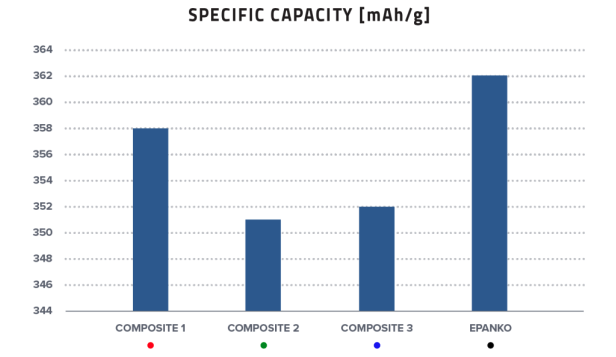
Source: EcoGraf
The results confirmed the battery graphite produced from these feedstocks are likely to deliver superior performance when converted into battery graphite using the EcoGraf process.
Further, test work was conducted under various charging rate conditions — both symmetrical and asymmetrical. This shows the battery’s performance under various conditions which leads to realistic results.
The charge rate, or C-rate, is a measure of the rate that a battery can be charged to its maximum capacity.
For example, 1C rate means the charge current will charge the whole battery in one hour, a 0.2C rate means the entire battery will charge in five hours and a 5C rate means complete charging in 12 minutes.
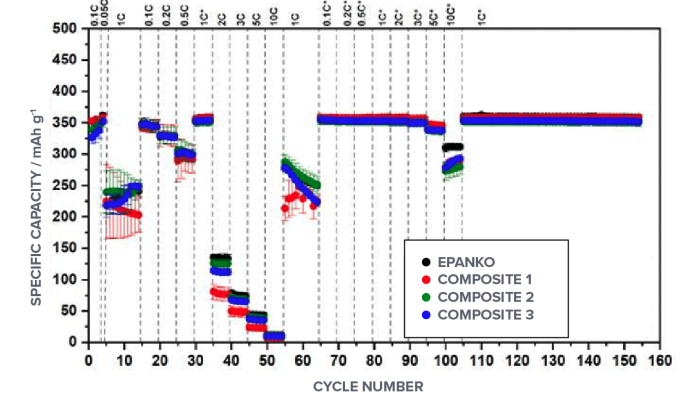
Source: EcoGraf
All material performed well, however, Composite 1 and EcoGraf’s Epanko material performed the best once again.
Company shares are trading a slight 1.43 per cent higher for 7.1 cents each at 11:17 am AEST.

